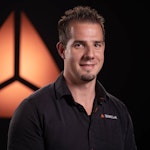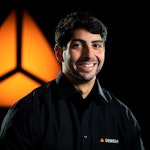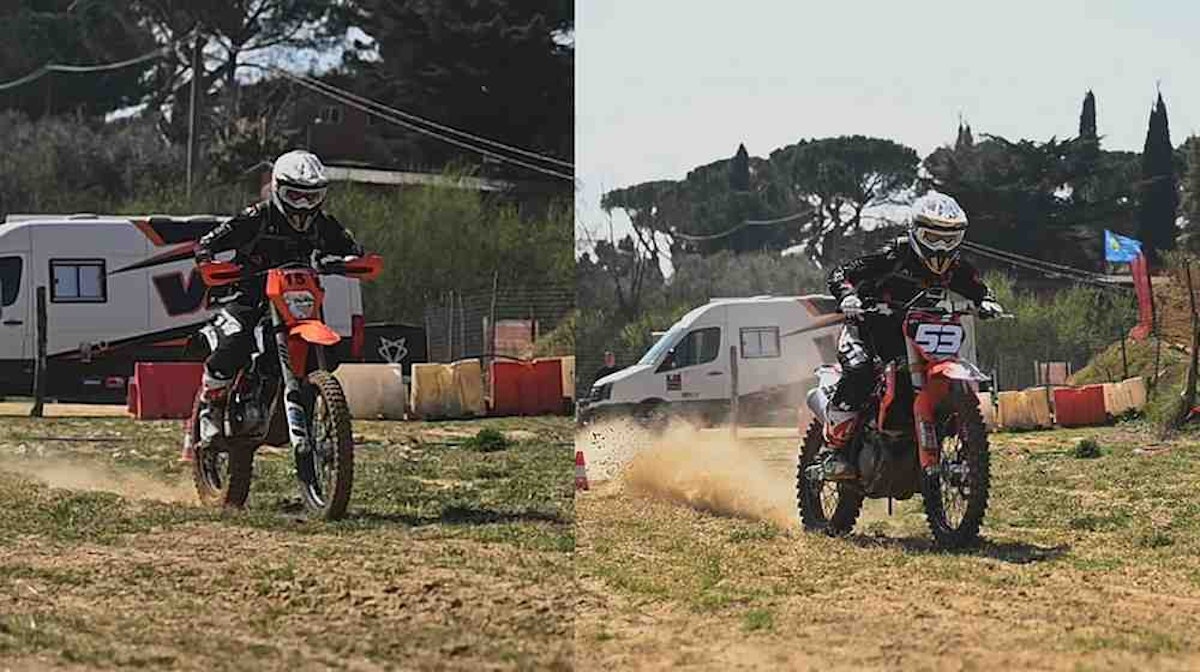Table of contents
Browse categories
Browse authors
 AB
ABAlberto Boffi
 AL
ALAlessia Longo
 AH
AHAl Hoge
 AB
ABAljaž Blažun
 BJ
BJBernard Jerman
 BČ
BČBojan Čontala
 CF
CFCarsten Frederiksen
 CS
CSCarsten Stjernfelt
 DC
DCDaniel Colmenares
 DF
DFDino Florjančič
 EB
EBEmanuele Burgognoni
 EK
EKEva Kalšek
 FB
FBFranck Beranger
 GR
GRGabriele Ribichini
Glacier Chen
 GS
GSGrant Maloy Smith
 HB
HBHelmut Behmüller
 IB
IBIza Burnik
 JO
JOJaka Ogorevc
 JR
JRJake Rosenthal
 JS
JSJernej Sirk
 JM
JMJohn Miller
 KM
KMKarla Yera Morales
 KD
KDKayla Day
 KS
KSKonrad Schweiger
Leslie Wang
 LS
LSLoïc Siret
 LJ
LJLuka Jerman
 MB
MBMarco Behmer
 MR
MRMarco Ribichini
 ML
MLMatic Lebar
 MS
MSMatjaž Strniša
 ME
MEMatthew Engquist
 ME
MEMichael Elmerick
 NP
NPNicolas Phan
 OM
OMOwen Maginity
 PF
PFPatrick Fu
 PR
PRPrimož Rome
 RM
RMRok Mesar
 RS
RSRupert Schwarz
 SA
SASamuele Ardizio
 SK
SKSimon Kodrič
 SG
SGSøren Linnet Gjelstrup
 TH
THThorsten Hartleb
 TV
TVTirin Varghese
 UK
UKUrban Kuhar
Valentino Pagliara
 VS
VSVid Selič
 WK
WKWill Kooiker
Measuring and Comparing Capabilities of Combustion and Electric Motorcycle

November 7, 2023
Who hasn’t heard phrases like: “Driving an electric vehicle will never give the sensations that driving a motor vehicle does” or "being able to move in absolute silence with an electric motor is priceless”? The automotive sector is increasingly oriented towards e-mobility. And it is exciting to see how two distinct schools of thought have emerged.
For us in Dewesoft, who have always supported companies in research and development with our measurement systems, it is a natural consequence to turn our attention to this new type of application. So, we decided to compare the capabilities of two motocross bikes - one with an internal combustion engine and one with an electric one. With a little help from a dear friend of ours, we aimed to answer the question: Which is better?

Motocross is a form of off-road motorcycle racing. The word derives from the French word for motorcycle “moto” - it’s short for motocyclette - and the English “cross-country”. Our friend, Valerio Lata, which we have known for years, is an official driver of KTM - the Austrian motorcycle, bicycle, and sports car manufacturer - and the motocross EMX 125cc European Champion.
Born in Rome, Valerio is now almost 17 years old. At the age of five, he got on a motorcycle for the first time and at the age of seven, he joined motocross. Despite being a very young boy, Valerio has already shown that he is a serious professional and a great friend of the Dewesoft family.
In our office, we follow him race after race around the world, and it is always emotional to share his incredible evolution and see him riding his bike to earn prestigious victories. This year he is running for the European title in the 250cc class and we are sure that he will bring us a lot of pleasure, as always!
Thinking of him brought the idea of making a practical comparison using the two types of motocross bikes. We proposed to Valerio that he should bring two motorcycles to the track, and he replied: “Whenever you Dewesoft guys call me, I already know it will be fun!"
With Valerio on board, we just had to prepare all the equipment and ensure that the measurements we would obtain were, as always, the most accurate possible.
The biggest challenge we faced was to equip the bikes with our data acquisition systems. For me, who since I was a boy couldn't wait to get my hands dirty by disassembling and modifying any type of vehicle and engine, there could not be a better opportunity to return to smell the pungent smell of petrol mixed with the mushy smell of motor grease.
The measurement instrumentation setup
We wanted to equip the two motorcycles with the Dewesoft DAQ systems to acquire acceleration, speed, roll, pitch and yaw (pitch roll, sleep speed), and altitude data. Data that would enable us to evaluate and compare the performance of the bikes and their rides.
The measurement setup – see figure 3 - chosen for the project consisted of:
The brand-new Dewesoft inertial platform Navion2i – see figure 4
A triaxial accelerometer ICP 10 mV / g, 500 g, 2 at 7 kHz, model PCB 356B21
One 1/2 "pre-polarized free-field condenser microphone, 50mV / Pa (+/- 1.5dB), 3.75Hz - 20kHz (+/- 2dB) with 1/2 '' ICP® preamp "(426E01) and TEDS (PCB model 378B02)
A Krypton CPU to acquire the data. Perfect thanks to its small size.
A Krypton-4xACC acquisition system for dynamic measurements
A power bank to free ourselves from the power supply of the motorcycle
An action camera - placed on the driver's chest - to film the entire driving experience and easily synchronize it with the data acquired thanks to the many functions of the DewesoftX software
A KTM 125 internal combustion engine motorcycle
An electric KTM motorcycle
After analyzing and studying the motorcycle frames we have identified where to place our systems. With the support of the team of the ASD Motor Racing Vitinia – an amateur sports association and motocross school - we started the installation.
While dealing with minimal spaces, the compactness of Dewesoft devices made installation quick and easy. First, we placed the two GPS antennas. In this case, the discriminating factor that guided us was to maintain a minimum distance of 1 meter between them. The distance of 1 meter is really short if compared to some systems of our competitors that require at least 2.5 meters between the antennas.
To achieve the right distance, we created a simple custom "L" bracket. This, anchored to the tank cap of the motorcycle with the combustion engine, served as the basis for the front antenna – see figure 5. On the electric motorcycle, the GPS antenna was anchored with 3M cloth tape to the frame just below the onboard computer.
The “L” bracket was also used to install the microphone, which was anchored on the long part of the bracket thanks to ordinary plastic ties – see figure 6.
The IEPE accelerometer, on the other hand, was positioned directly on the bike frame, just below the handlebars – see figure 7.
We then moved on to fixing the other antenna. In this case, we took advantage of the stiffness of the rear wheel mudguards of the motorcycles. These provided us with an excellent anchoring base and, again with the help of the duct tape, we secured the GPS antenna on the rear – see figure 8.
Having positioned the antennas, we moved on to fixing the Navion2i on the body of the bike. To ensure accurate measurements, this must be installed in a horizontal position in relation to the ground and, if possible, near the center of gravity of the vehicle.
To respect the requirements described above, we decided to place the Navion2i in a space close to the air filter. Again, installation took only a few minutes.
Once the plastic casing on the side of the bikes was removed, we had easy access to the compartment with the air filter. Once there, the small size of our device did the rest. Secured with plastic ties and duct tape, the Navion2i was ready – see figure 9.
All that remained was to position the Krypton CPU datalogger, the Krypton-4xACC data acquisition unit, and the power bank. In this case, the compact dimensions and the lightness of the devices allowed us to solve the problem with a perfect solution that ensured accuracy in measurements and driving comfort for the rider.
The three devices were placed inside a small backpack - see figure 10. The wiring was carefully sized to allow any type of rider movement during the driving phases.
Valerio didn't have to do anything - just put on his backpack before hitting the track - see figure 11.
Measurements on the track
Once on the track - “Il Tridente di Nettuno” cross-track, just outside Rome - the magic of motocross won us over. The roar of the motorcycles, the dust mixed with adrenaline, the riders "flying" high over our heads ... simply fantastic!
Valerio first brought the electric motorcycle to the track and then the one with an internal combustion engine. He immediately launched into a series of fast laps - didn’t even need a lap of the track to familiarize himself with the feel of our measurement setup on the bike.
Watch the video:
The instrumentation didn't bother me when driving, I almost forgot I had a backpack on my shoulders
Valerio told us back in the garage.
The instrumentation and measurement setup responded perfectly. Thanks to the DewesoftX software, the acquired data was already available between one session and another. This allowed us to verify the validity of the measures carried out, and to make initial analyzes and evaluations.
Having the acquired data immediately available is a huge added value because it allows you to adjust and optimize the measurement campaigns and direct them towards details or problems that were ignored or unknown before starting the actual tests.
The results
Oh - wow - the test rides spurred our emotions - excitement, disbelief, and admiration - and gave us a lot of hard data to analyze and reflect on.
After the rides, Valerio said: “The electric bike seems to perform better in mixed sections, but the bike with an internal combustion engine allows me to jump better. I'm really curious to see the comparison of the data acquired to see if my feelings are confirmed by objective data!"
Having tested the vehicles on the same circuit and with the same driver, we can be confident that the data collected are really indicative of a comparison between the two motoring philosophies.
First of all, the use of the Navion2i allowed us to characterize the different behavior of the two bikes from a dynamic point of view – see figure 12.
Entering the acceleration field - see figures 13 and 14 - the behaviour of the two bikes amazed us. The data on revolutions per minute showed how the electric motorcycle offers prompt and immediate thrust right from the very low revs, while the petrol engine version offers stronger performance at higher revs.
Analyzing the speeds of the two bikes in a stretch of track it can be seen that the performance of the bikes is very similar, though the petrol KTM has a much longer reach - see figure 15.
Another interesting fact that we can observe is the driver's different driving styles riding the electric KTM compared to the traditional KTM. The first part of the graph shows how Valerio breaks down more both at the entrance and at the exit of curves with the petrol bike and is more composed with the electric counterpart - figure 16.
Surely such observations may have been predictable, but with the Navion2i we had the opportunity to quantify the ride differences. This is a tool widely used in automotive development to objectify vehicle longitudinal, lateral, and dynamic performance in general.
The noise analysis – see figures 17 and 18 – on the other hand, confirmed what we expected... a "rumble against a hiss". While Valerio was riding the electric motorcycle, it was curious to note how the noise of the drone trying to keep up with him was much louder than the noise of the bike itself.
The data also confirms that the thermal combustion engine always has a significantly greater contribution when measuring the simple sound pressure level LAF.
In figure 19 the LAFs for the electric and combustion engines were compared in the same portion of the track - thanks to the GPS positioning information of Navion.
On the other hand, the analysis of the frequency content of the two recordings is more interesting - see figure 20.
In the case of the electric motor, we see that even in the 1000-3000Hz range there are components not negligible compared to the total, while no dominant harmonics are detected in this range for the combustion engine.
Such analysis allows objectification of the acoustic signature of the electric motor, which is often the subject of more in-depth studies aiming to modify the acoustic behaviour, labelled by many as not very satisfying.
Certainly, in such a comparison, in addition to the data, it is also important to take into account the sensations experienced by the rider.
At the end of the day, Valerio told us: “It was the first time I was riding an electric motorcycle on the track and I must say that it amazed me. I didn't expect the acceleration and aggression out of corners to be so significant”.
Which one is then better? “I don't know which of the two I prefer to drive, but I can say that I had a lot of fun with both”, Valerio said. “One thing is certain, the transition from an internal combustion engine to an electric one involves a change in driving style. This aspect should not be underestimated, especially for those approaching the world of two wheels for the first time”.
In the end, the EMX 125cc European Champion concluded: “I am unable to choose a motorcycle from this comparison”.
The conclusion
The measurement campaign carried out on the track gave some confirmations, but also showed aspects that were not so obvious to expect.
Dewesoft data acquisition systems have proven to be perfect for high-difficulty applications like this one. They withstood significant stresses like jumps, bumps, and hard impacts with the ground - and the driving of a champion, without any suffering. Their small size and low weight allowed us to create a setup that guaranteed great measurement performance and the right driving comfort for the driver.
As to the question from which we started - whether an electric vehicle or one with an internal combustion engine is better - however, we must disappoint you, because ...
There is no answer! As the ancient Romans used to say, "De gustibus non disputandum est" - there is no accounting for taste!